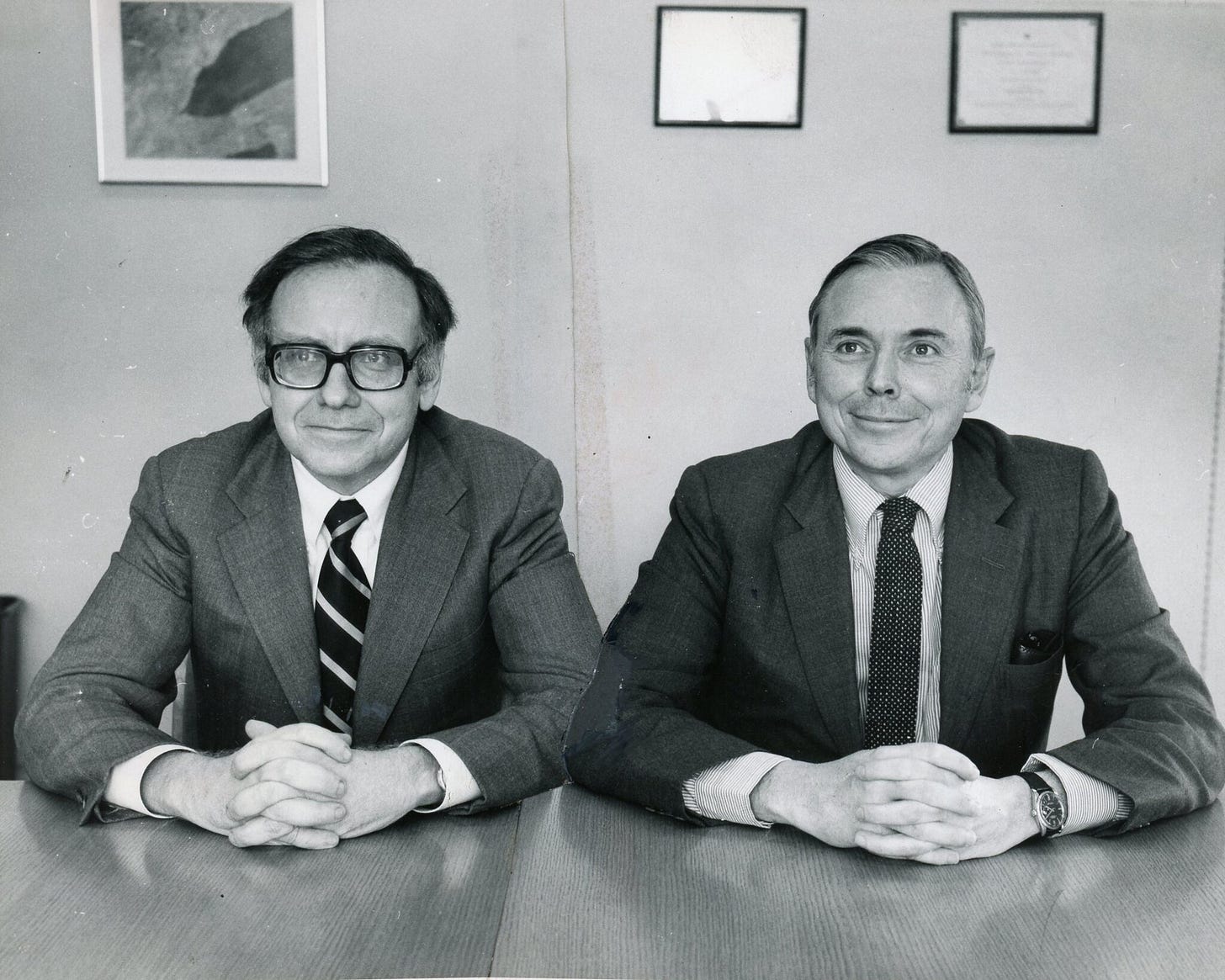By 1969, Buffett and Munger started to doubt Hochschild-Kohn's economics and were looking for a way to sell the business.
Gottesman, Munger, and Buffett acquired Hochschild-Kohn, a venerable department store headquartered in downtown Baltimore, for $12 million in 1966.
"Retail is a very tough business," says Charlie Munger. "Practically every great chai…
Keep reading with a 7-day free trial
Subscribe to Becoming Berkshire to keep reading this post and get 7 days of free access to the full post archives.




